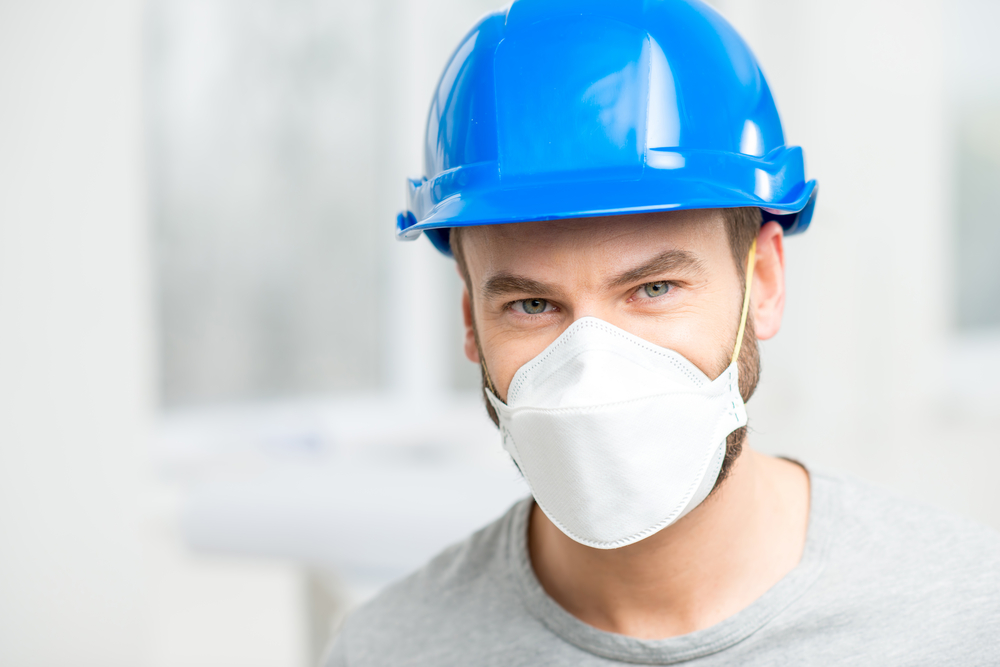Now that most of the country is at Alert Level 2 (sorry Auckland!), you might need a bit of a refresher for what that means for you. Like last time, there doesn’t seem to be too much of a difference for tradies between Levels 2 and 3 in terms of distancing and hygiene, but here’s what we do know.
Social distancing
This will still be pretty important everywhere you go during Level 2, and not just on site. It’s been recommended that workers stay 2 metres away from those outside their work bubble and 1 metre minimum from all other workers unless absolutely necessary.
Team sizes should be kept as small as possible and a record should be kept of who is in each team so that contact tracing can be done properly and easily. It might be a good idea for the various teams on site to work in different shifts to avoid too much mingling and potential exposure. On site, it also might be good to have a one-way system or a limited number of people at a time in certain areas such as lifts and stairwells.
Site Entry
From 8 September, specified businesses and services have to meet additional requirements to support contact tracing. They must have systems and processes in place to ensure, so far as is reasonably practicable, that everyone aged 12 or over who enters the workplace:
- scans the QR code for the workplace or otherwise makes their own contact record, or
- provides details in a contact tracing record that the person in control of the workplace collects.
One thing that will change under Level 2 is that non-essential people are now able to enter the site, they’ll just need to sign in and abide by all of the protocols in place.
You’ll need to keep an eye on all site access points so you know who is coming in and when, and so that you can space people out accordingly. You might need to change the number of access points to help you monitor all entries. You should also try to have only one person recording any sign-ins to minimise contact with equipment such as screens or pens.
Face Coverings
Unlike the contact record rule, individuals (not businesses and services) are responsible for meeting face covering requirements.
If you’re working outdoors on site, you shouldn’t need to be wearing a mask or face covering unless it’s for workplace use, i.e. to protect from dust. If you’re indoors in a closed space, you should have a face covering of some sort to keep yourself and others safe. It’s also a good idea for anyone visiting your site to wear a face covering regardless of whether they are outdoors or inside – note that you don’t have to enforce this as some people are exempt from wearing masks.
Eating Arrangements
It’s fine to leave the site to grab some lunch, but make sure you’re following all of the exit and entry procedures on site when you do, including washing your hands before entering.
If there isn’t already, it’s a good idea to set up some dedicated eating areas and stagger break times to avoid any risks and keep control of the distancing and hygiene protocols. It probably doesn’t need to be said, but make sure you’re cleaning your hands properly before and after eating, and disinfect any kitchen tools you use. You’ll still need to sit about 1 metre apart from each other, and don’t share your sandwich with your mates…
All rubbish should also be disposed of properly, and all eating areas cleaned and disinfected regularly.
Cleaning tools and equipment
This one’s the same as at Level 3 and will probably be pretty important going forward, even once we’re back to normal. It’s important that you clean all of your tools and equipment before and after each work day. You should be washing your hands after handling all tools and equipment to help minimise the spread of any germs, and as you know, don’t share tools unless you absolutely have to – if you do, make sure these are thoroughly cleaned after each use.
Stopping the spread from work to home
You might be doing all the right things on site, but the last thing you want is for anyone at home to be picking up any germs that you might be carrying on your clothes or tools.
When you get home, avoid touching anything or anyone until you’ve cleaned everything properly, including your clothes and bags. Leave your shoes outside, and leave all non-essential items that you don’t need at work. Have a shower and be vigilant about cleaning any areas that might have been exposed like your hand, neck and nails.
For the most up-to-date information for working at level 2, check out the Worksafe or COVID-19 websites.
